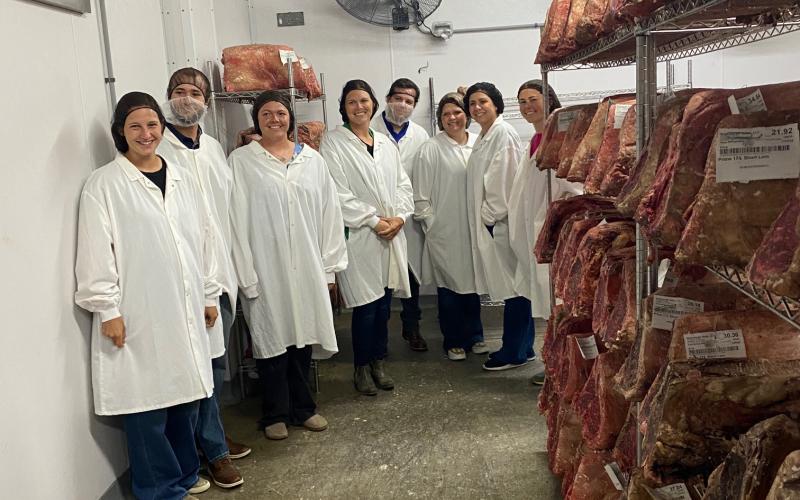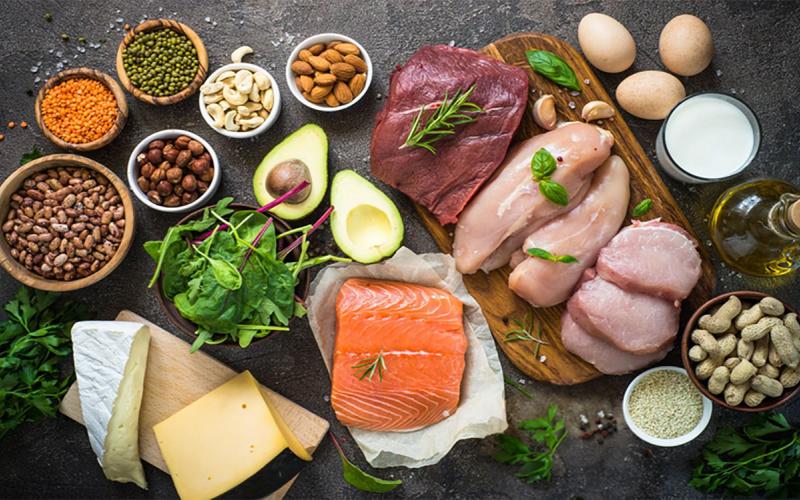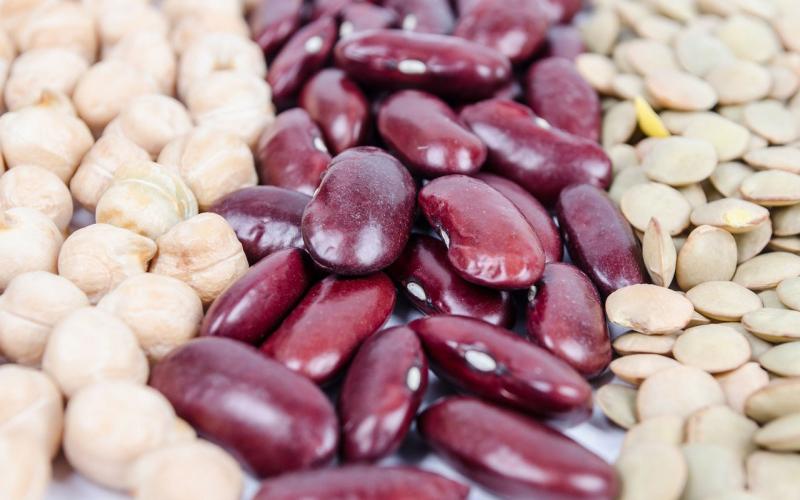Originally written by Anna Tvedt, former SDSU Extension Nutrition Field Specialist.
About Protein
-
Why understand protein options?
Protein is an essential part of the human diet and can come from many different sources. Understanding and including protein options in your/your family’s diet helps to both: 1) Increase nutritional quality, and 2) Build resiliency when certain proteins are inaccessible (such as during food system shortages or increased costs). -
What is protein?
Protein is an essential nutrient made of building blocks called amino acids. When proteins are consumed in food or drink, they are broken down (digested) into these amino acids, absorbed in the gut and used to build up different proteins needed by the body, such as muscles, skin and organs. Proteins, along with fats and carbohydrates, contain calories to contribute to daily energy needs.
Protein Quality
-
Digestibility
Protein quality is, in part, determined by digestibility – the more amino acids from a protein source that get absorbed, the greater the protein’s digestibility. Higher digestibility means a greater portion of that protein can get used by the body. Animal-source proteins have about a 90-100% digestibility and plant proteins have about a 70% digestibility. -
Complete and Incomplete Proteins
The second part of determining protein quality is amino acid composition. Nine amino acids are essential, because they must come from the diet and are needed for the body to function. Proteins that have all nine essential amino acids are considered complete, whereas proteins that are low in at least one of these amino acids are considered incomplete. Generally, animal proteins are complete and plant proteins are incomplete.
Protein Foods and Drinks
There is not one correct way to get enough protein. A variety of protein foods can contribute to protein needs. Once essential amino acid needs have been met, the remaining amino acids from protein foods are used for energy. It is useful and good to eat a variety of proteins, even if they are incomplete.
Animal Proteins

Animal-source proteins are high-quality, because they have a 90-100% digestibility and are all complete, except for gelatin. Eating animal proteins gives a great return-of-protein eaten to protein used in the body and helps ensure essential amino acid needs are met. Consider the following sources (list is not comprehensive):
-
Meat: Beef, bison, deer, pork, lamb
-
Poultry: Chicken, turkey, duck, pheasant
-
Fish and Shellfish: Walleye, bass, catfish, cod, salmon, tuna, shrimp, lobster, mussels, scallops, oysters
-
Dairy: Cheese, milk, whey, yogurt, cottage cheese
-
Eggs
Plant Proteins

Though plant proteins are incomplete (except quinoa and soy), they do not all lack the same amino acids. By eating a variety of plant proteins, all essential amino acid needs can be met. Plant foods contain lots of nutrients that contribute to overall health. Consider the following sources (list is not comprehensive):
-
Soy: Tofu, soymilk, edamame, sprouts, tempeh
-
Legumes: Peanuts, peanut butter, lentils, chickpeas, navy beans, black beans, kidney beans, green peas, black-eyed peas
-
Nuts: Cashews, almonds, walnuts, pecans, pistachios, pine nuts, macadamias, Brazil nuts, nut butters
-
Seeds: Sunflower seeds, pumpkin seeds, chia seeds, hemp seeds, flax seeds, sesame seeds
-
Whole grains: Wheat, rice, oats, corn, quinoa, couscous, farro, millet, buckwheat
Five Tips to Make Your Protein Dollars Stretch
-
Try something different.
If one protein isn’t available, experiencing a shortage or is too high in price, try another protein on the lists above. Consider something that is new to you. You just might find a new favorite! -
Look for different forms of your favorite protein.
Do you usually buy raw beef? Look for frozen. Typically get fresh tuna? Try canned. Love whole, raw cashews? Consider a mixed nuts blend.
-
Go with the less-prepared option.
Cook from dry beans and dry rice. Try the bone-in, skin-on meat. -
Make protein just a portion of your entrée.
Add onions to ground meats. Incorporate animal proteins into rice or pasta entrees. Choose simple side dishes like cottage cheese. -
Eat at home.
Only about 30% of consumer cost at restaurants is for the food. Save money by eating at home.
Lastly, it is important to remember that protein is just one of five food groups. Include all the MyPlate food groups for a well-rounded and health-supporting diet.


